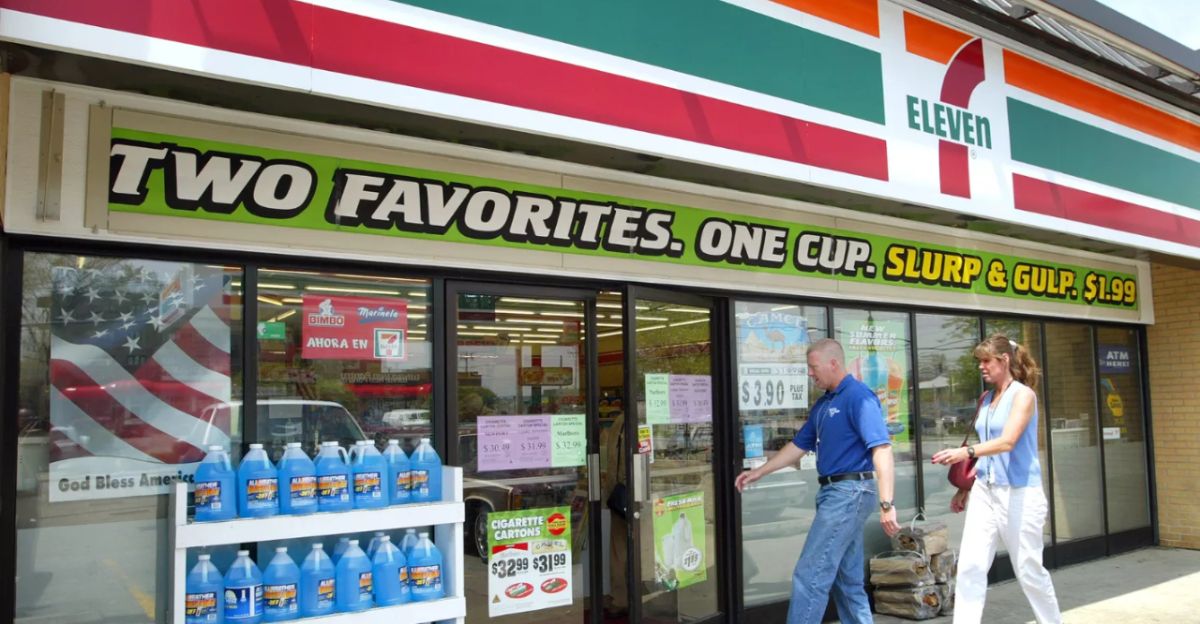
Early in 2025, global convenience store powerhouse 7-Eleven shocked the business world by announcing it would close another 148 stores across several regions. It’s one of the biggest cutbacks in the company’s history and has everyone wondering whether or not this is a sign of deeper trouble for retail?
This bold decision has left customers surprised and local economies scrambling to adjust. While 7-Eleven has been around for nearly a century, even giants aren’t immune to global change. The coming year may determine whether this legendary chain can reinvent itself or become another casualty in the fast-changing convenience landscape.
Why 7-Eleven Made This Tough Call
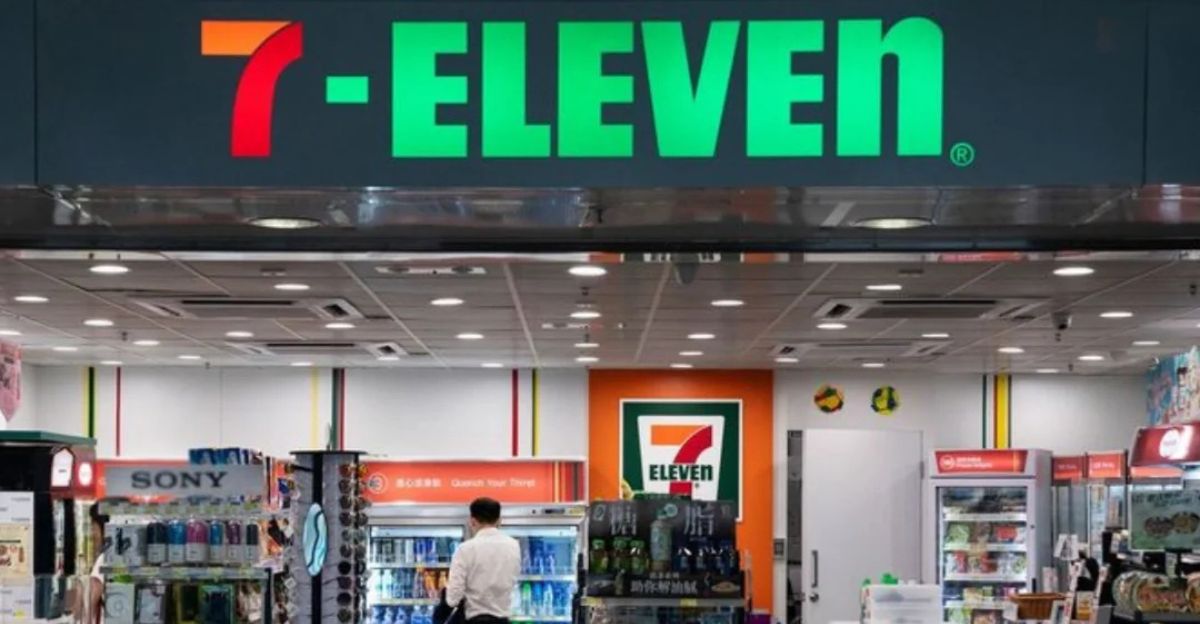
The decision to close hundreds of stores didn’t come easy. Executives say it was driven by falling profits, fewer customers walking in, and fast-changing shopping habits. Many of the affected locations had been struggling financially for over two years. The company realized that keeping loss-making shops open was no longer sustainable.
Instead, they aim to refocus on profitable areas and digital innovation. “We will close underperforming stores in accordance with the Fundamental Store Optimization Program,” CFO Yoshimichi Maruyama told investors during an earnings call.
Where the Closures Hit Hardest
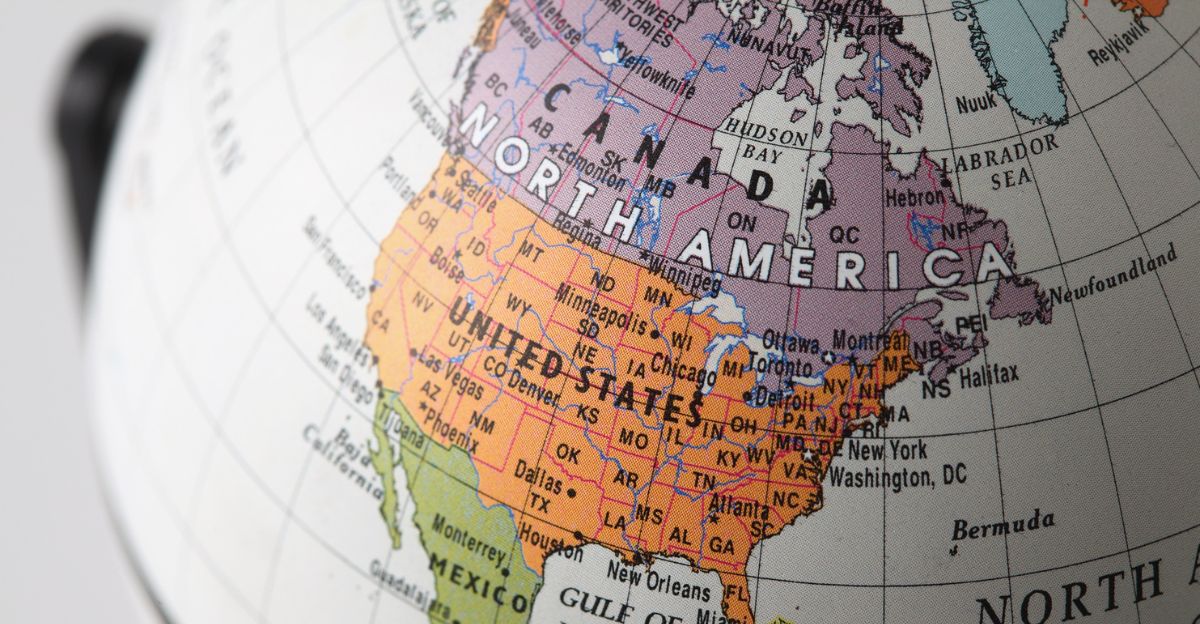
Most of 7-Eleven’s shutdowns happened across North America, especially in smaller towns and suburban areas. These are places where competition has grown fierce, with grocery chains, gas stations, and new convenience options crowding the market.
U.S. outlets have struggled to keep pace with changing needs and digital competition. Geography has made all the difference.
Inflation and Rising Costs Squeeze the Chain

Soaring costs have hit retail chains everywhere, and 7-Eleven is no exception. Rent, wages, and utilities have climbed dramatically since 2022. For many franchisees, expenses outpaced earnings, leaving stores unable to break even.
Inflation has also made everyday shoppers more cautious. Franchise owners say they’ve seen steady drops in sales of small-ticket items like soft drinks, chips, and coffee. Meanwhile, supply costs for essentials like plastic cups and packaging have doubled in some regions.
Shoppers Are Changing Fast
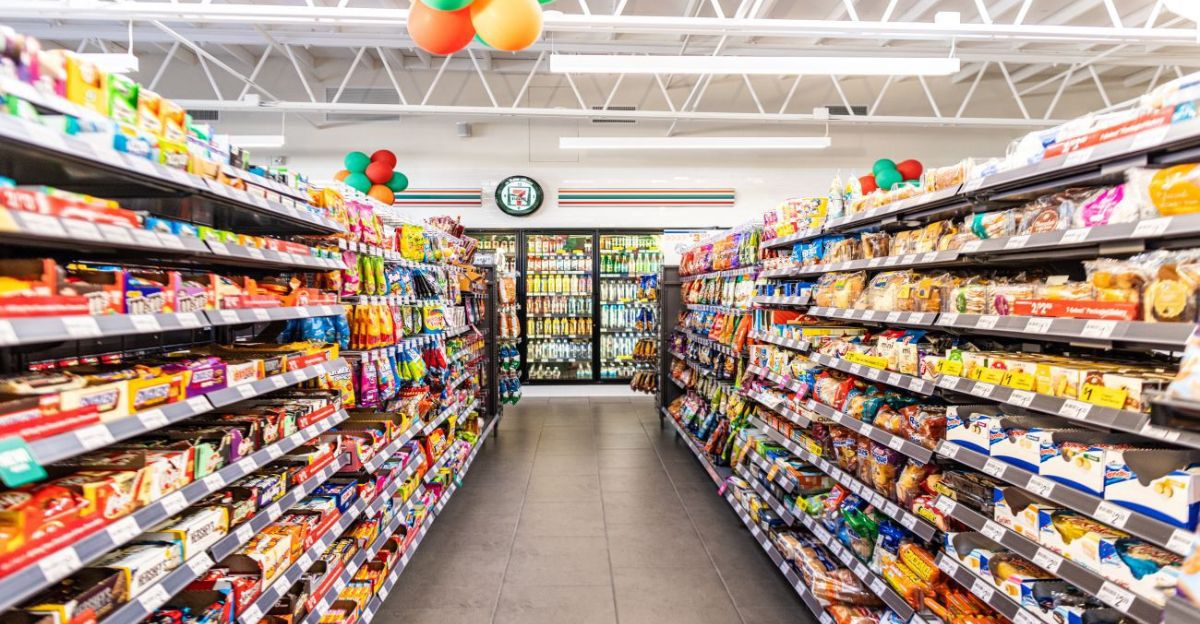
The way people shop has transformed drastically in the last five years. Contactless payments, delivery apps, and subscription grocery services now allow consumers to skip in-store visits entirely. Food delivery and online grocery platforms have made on-the-go purchases less essential.
Even daytime office workers are ordering ahead rather than stopping in for snacks. Its future may depend on embracing digital interaction as much as physical presence, because the new convenience is virtual, and it operates 24/7 on every smartphone screen.
The Battle with E-Commerce Giants
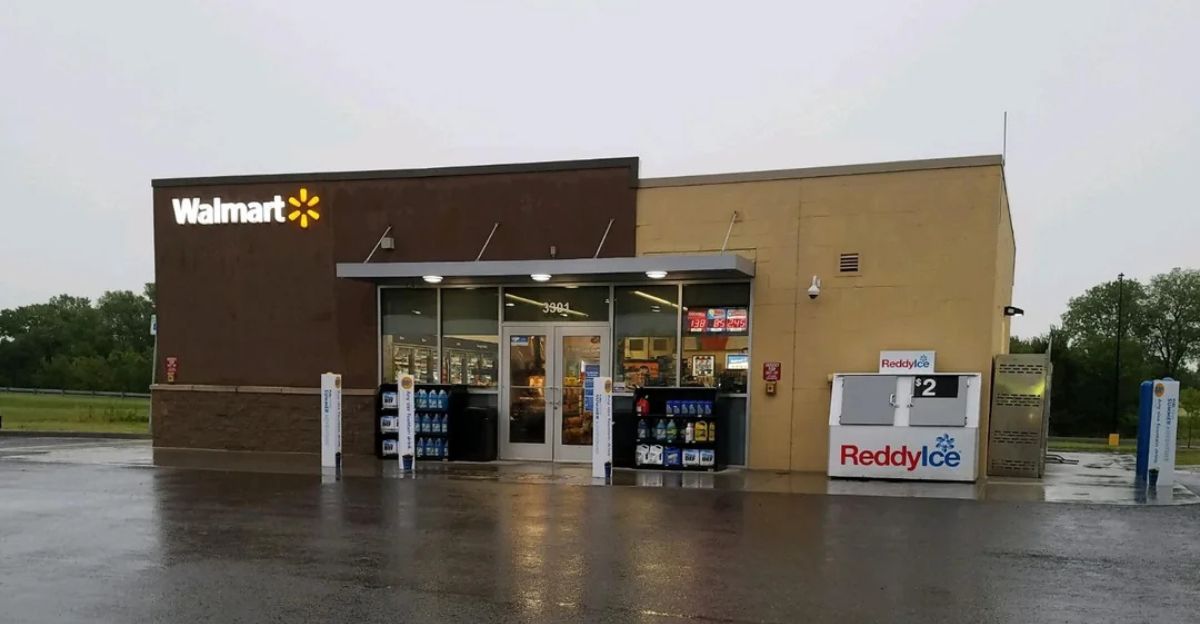
Once unbeatable for accessibility, 7-Eleven now faces fierce competition from e-commerce platforms and grocery giants. Companies like Amazon Fresh and Walmart Express are taking a big bite out of their market share by offering same-day delivery on everyday products.
Even large grocery chains are expanding online services that mirror 7-Eleven’s traditional offerings, from snacks to basic pharmacy items. The overlap is shrinking the advantage that neighborhood convenience stores once had.
Smart Stores and Micro-Markets Take Over
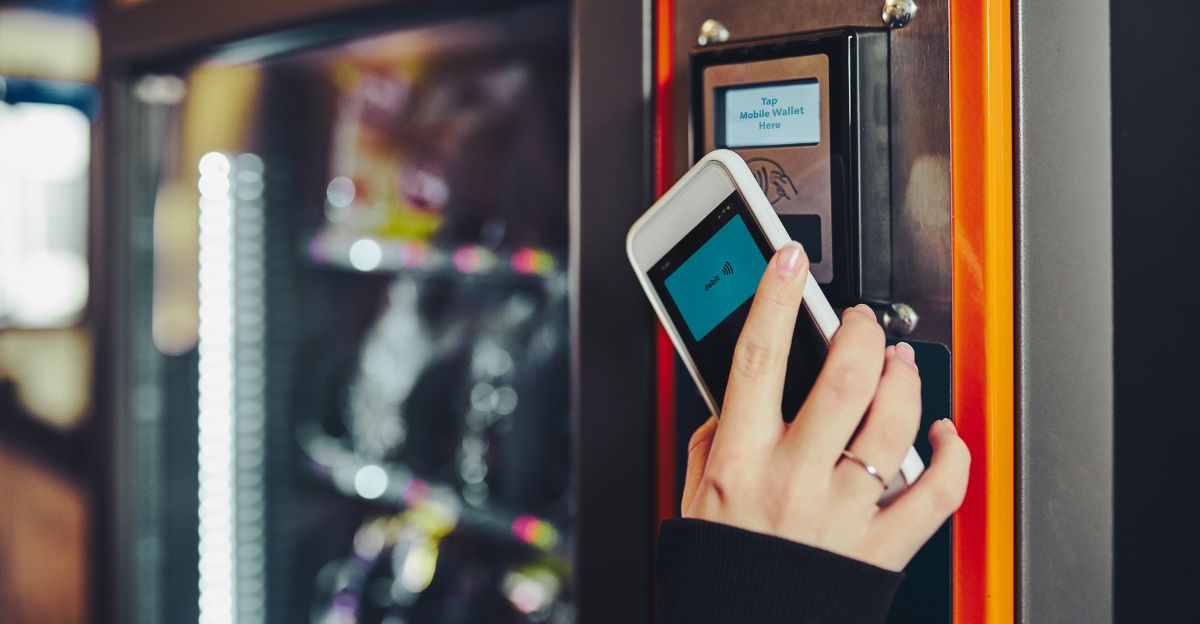
These unmanned stores, often found in offices or apartment buildings, use AI systems and automatic checkouts to minimize costs and maximize accessibility. Micro-markets offer similar products but operate 24/7 without payroll or staffing issues.
Even vending machines have become smarter, offering fresh meals, hygiene products, and real-time inventory tracking. As consumers get used to automated convenience, the pressure builds on traditional retail models to keep up.
What Management Says and How Investors Reacted
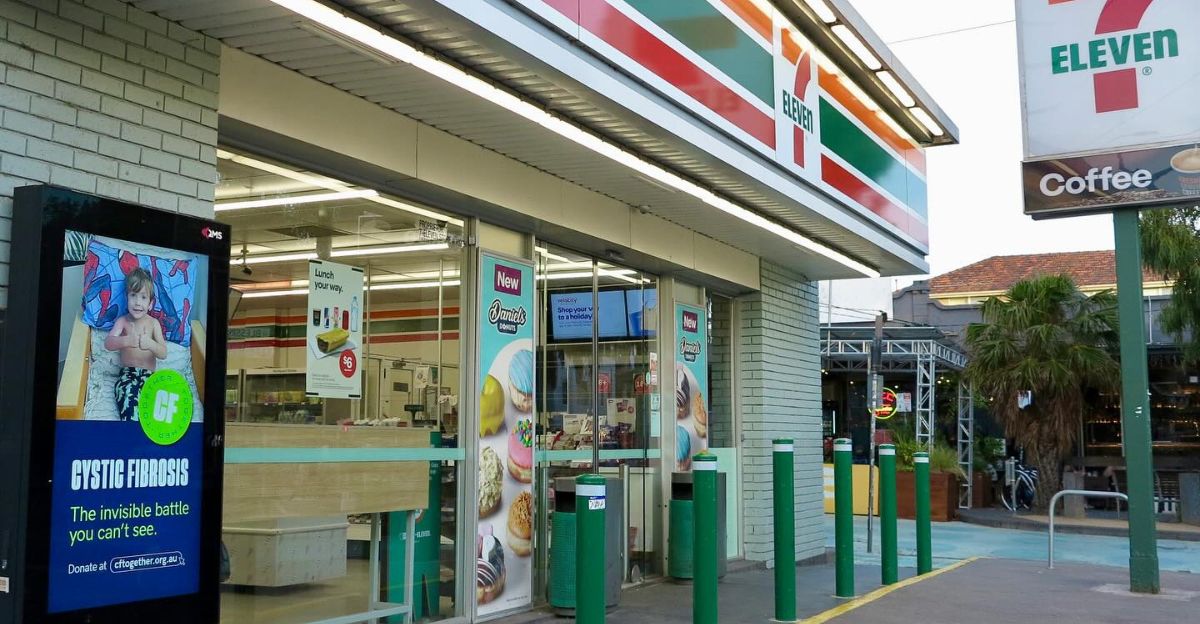
7-Eleven’s top executives are presenting these closures as part of a long-term strategic repositioning. The goal isn’t retreat, but refinement, cutting back on loss-making outlets to strengthen the company’s foundations. Following the announcement, the company’s shares dropped by nearly 4% on the stock market.
Some investors see the closures as a necessary move to prepare for the next phase of digital transformation, while others worry it signals deeper trouble within the traditional retail model. “We have been the market leader for many years, and we still are, by a wide margin. There are a lot of positive aspects to this, but it can also be a dangerous place to be,” said Stephen Dacus, Seven & i CEO.
Franchise Owners Push Back
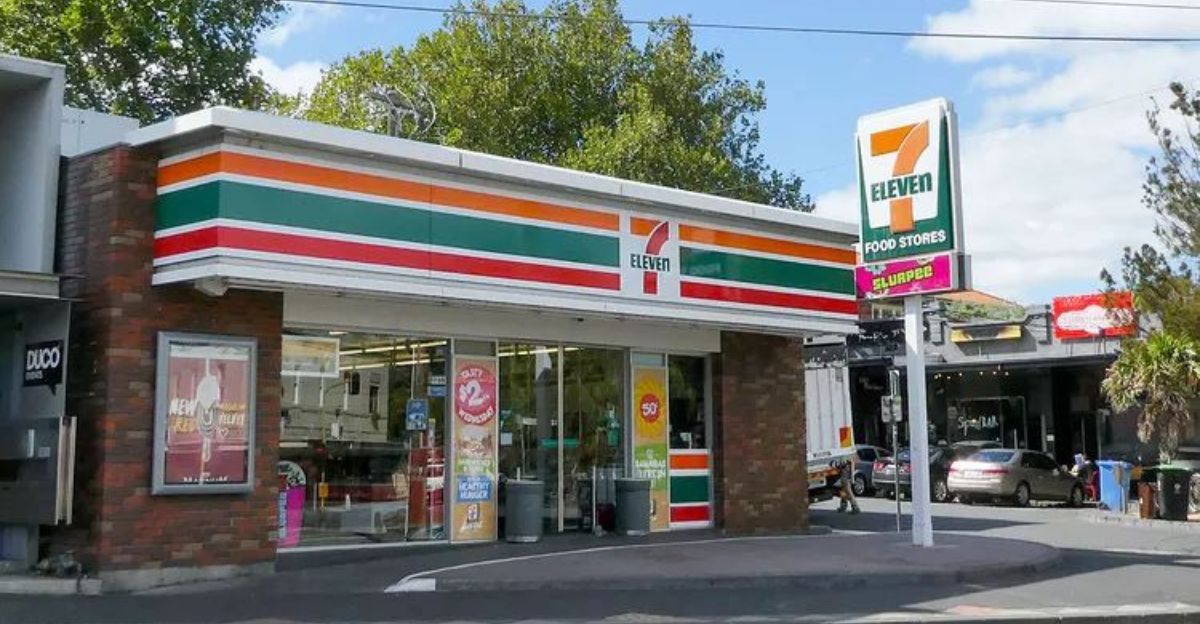
While corporate leaders call it progress, many franchise owners tell a different story. Across several countries, franchisees say they were blindsided by the speed and scale of the closures. They argue that communication from headquarters came late and support was minimal.
Many also claim that their contracts gave them few protections against sudden termination. The situation has sparked a wider conversation about the fairness of corporate–franchise relationships in tough economic times.
Jobs Lost and Lives Disrupted
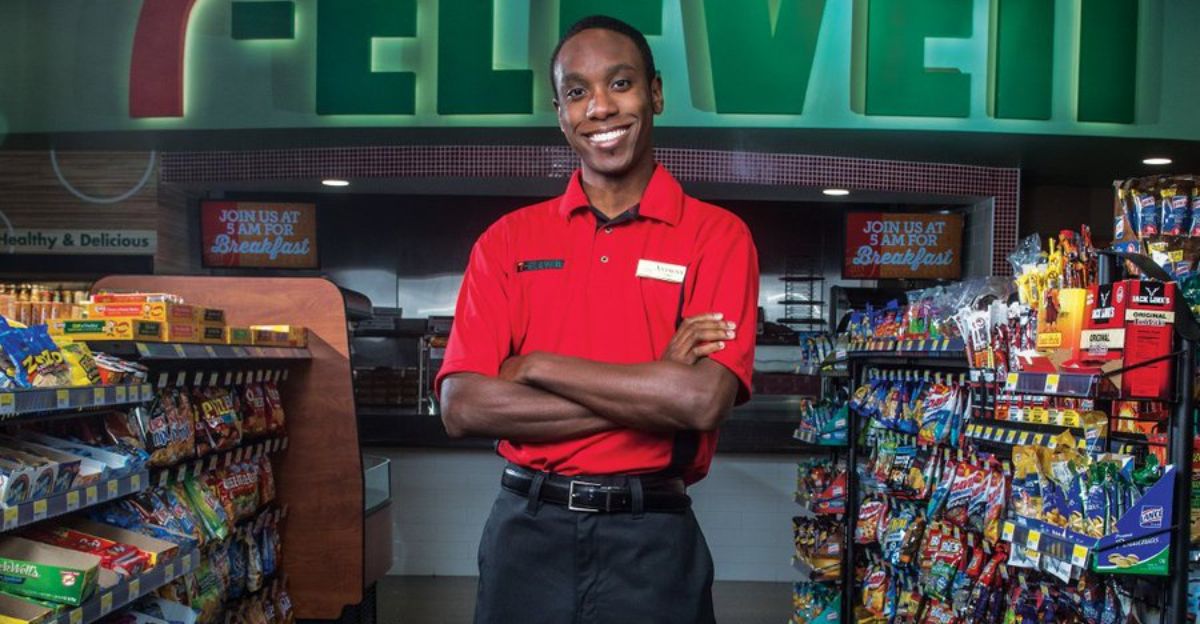
The total wave of closures has impacted roughly 6,000 employees worldwide, including cashiers, stockers, managers, and support staff among them. While some have been reassigned to nearby stores, thousands suddenly found themselves without work.
In many regions, 7-Eleven has offered retraining programs and relocation support, but critics argue these initiatives reach only a small portion of affected employees.
City Stores Thrive, Suburban Ones Suffer
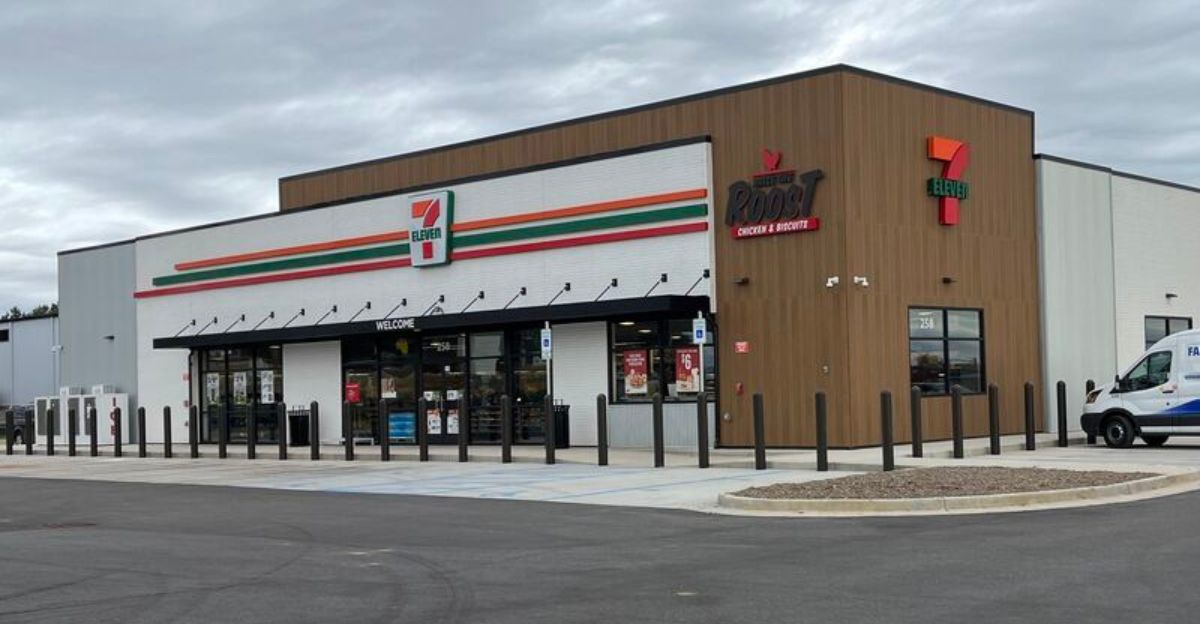
Not all 7-Eleven stores are struggling. In fact, those located in dense city centers, near transit hubs and apartment clusters, are still performing relatively well. Urban locations benefit from foot traffic, convenience-driven professionals, and around-the-clock lifestyles.
Suburban areas, however, tell a different story. With people driving more and shopping less in physical stores, suburban 7-Elevens have faced steep drops in revenue.
Rebuilding the Supply Chain
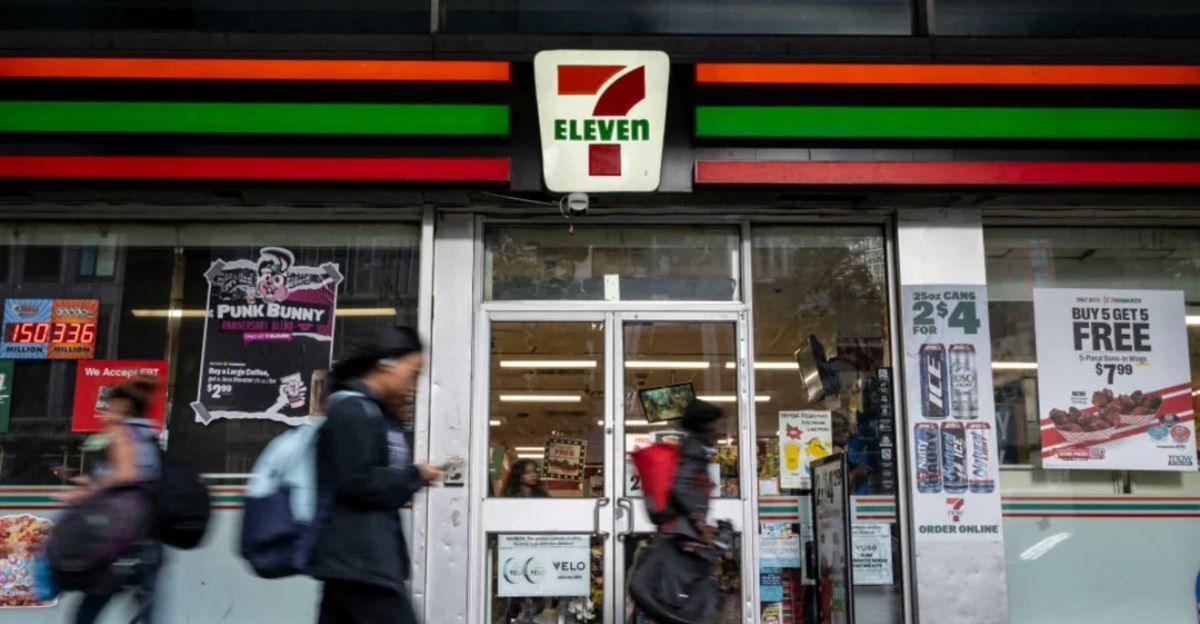
Closing hundreds of stores means overhauling how products are distributed, too. 7-Eleven is now streamlining its logistics operations, consolidating warehouses, and renegotiating contracts with delivery partners.
Many of its regional distribution centers are being merged or downsized to match the new store footprint. While the process is complex, executives believe it will make the system more agile and adaptable. For customers, the goal is simple, better-stocked stores and faster replenishments.
The New 7-Eleven
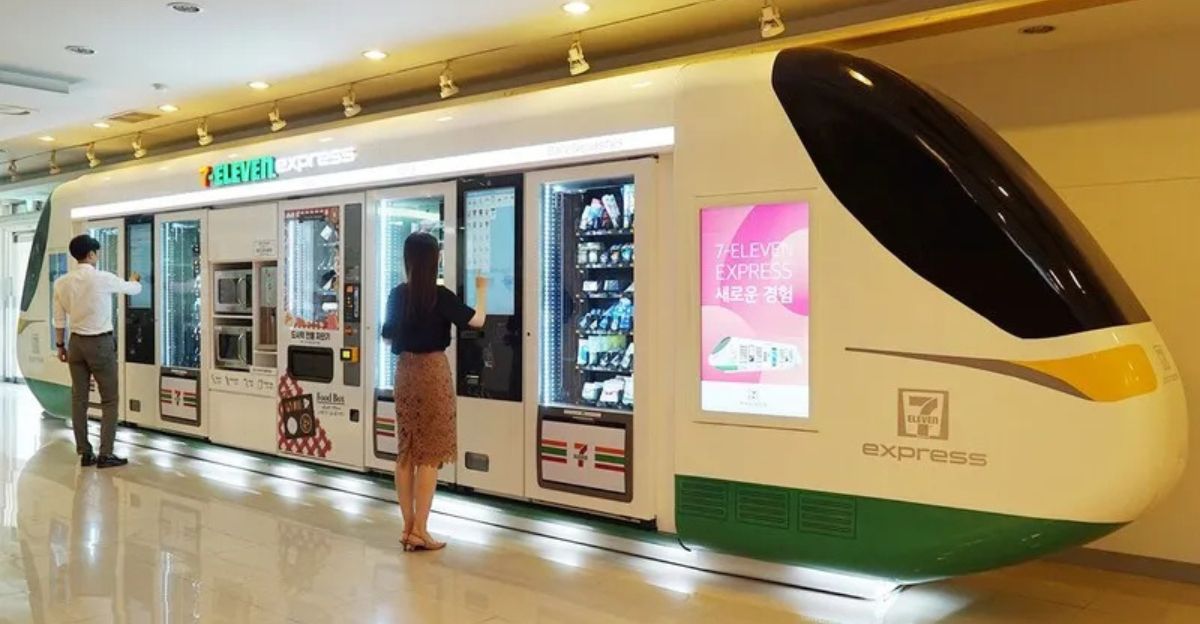
To stay competitive, 7-Eleven is moving aggressively into the digital space. The company plans to expand its mobile app, integrate AI into its inventory systems, and launch subscription services for regular customers.
The company is also testing personalized offers through machine learning to boost loyalty and engagement. Some markets, like Japan, are even exploring fully automated stores that operate 24 hours without traditional staff. The aim is to make shopping smoother, faster, and more connected to digital lifestyles.
Closing Old Stores for a Greener Future
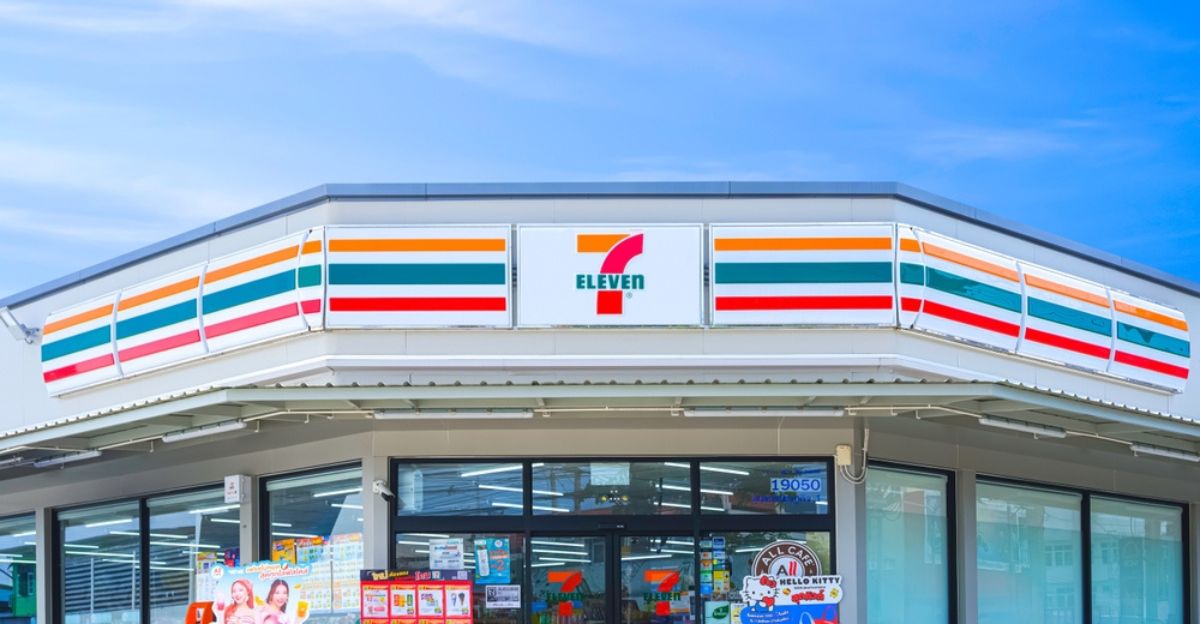
Not all store closures were purely financial. Many older outlets failed to meet new environmental standards. As 7-Eleven ramps up its sustainability goals, stores with outdated lighting, refrigeration, and waste systems have become too costly to modernize.
The company’s latest environmental plan includes cutting overall energy consumption by 20% and switching to eco-friendly materials across all regions. Some new locations even feature solar-powered signage and recycled interior fittings. While closing stores might seem like a setback, for 7-Eleven, it’s also part of aligning its legacy with future sustainability standards.
The Money Makeover Behind It All

At the heart of the closures lies a major financial reset. 7-Eleven is shifting its capital toward high-performing markets, hybrid gas-station stores, and cashless concepts that align with modern consumer behavior. By trimming underperforming branches, 7-Eleven frees up cash for innovation and expansion in areas with stronger returns.
The restructuring not only reflects survival instincts but a calculated bet that the 7-Eleven of tomorrow will thrive on fewer, smarter, and more digitally connected stores than ever before.
How Communities Are Reacting
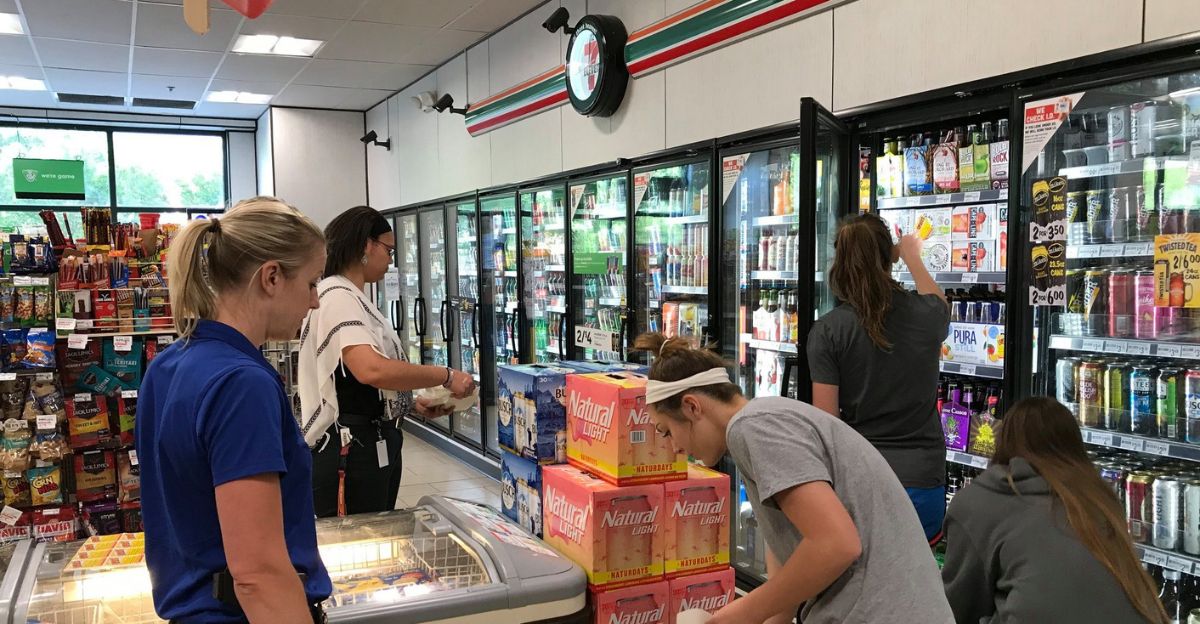
For many small towns, the closure of a 7-Eleven means more than losing a store, it’s losing a piece of daily life. In some neighborhoods, closures have created convenience gaps, forcing locals to travel farther for essentials.
While some small retailers are stepping in to fill the void, 7-Eleven’s absence leaves a social gap that’s hard to replace. The closures also highlight how multinational decisions ripple through local communities.
What This Means for Retail in 2025
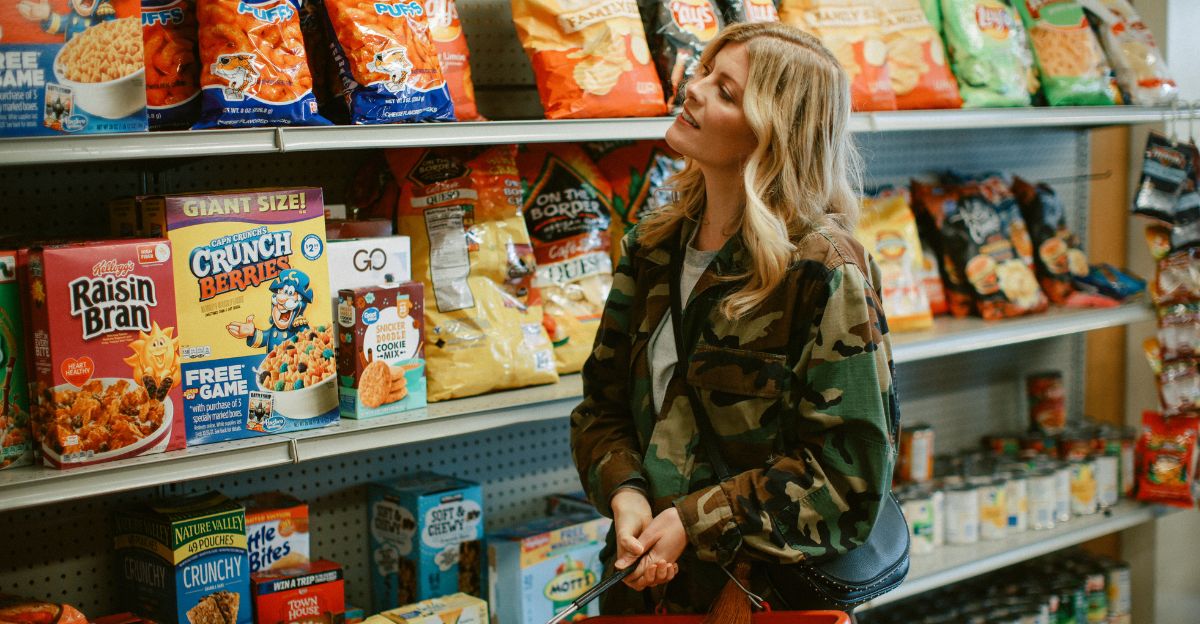
Across sectors, companies are downsizing their physical footprints while investing heavily in digital systems. Retailers are focusing more on customer data, automation, and hybrid models rather than widespread location networks.
Convenience now means being accessible across multiple platforms, not just being nearby. How a company adapts to new consumption patterns determines its survival.
What’s Next for 7-Eleven
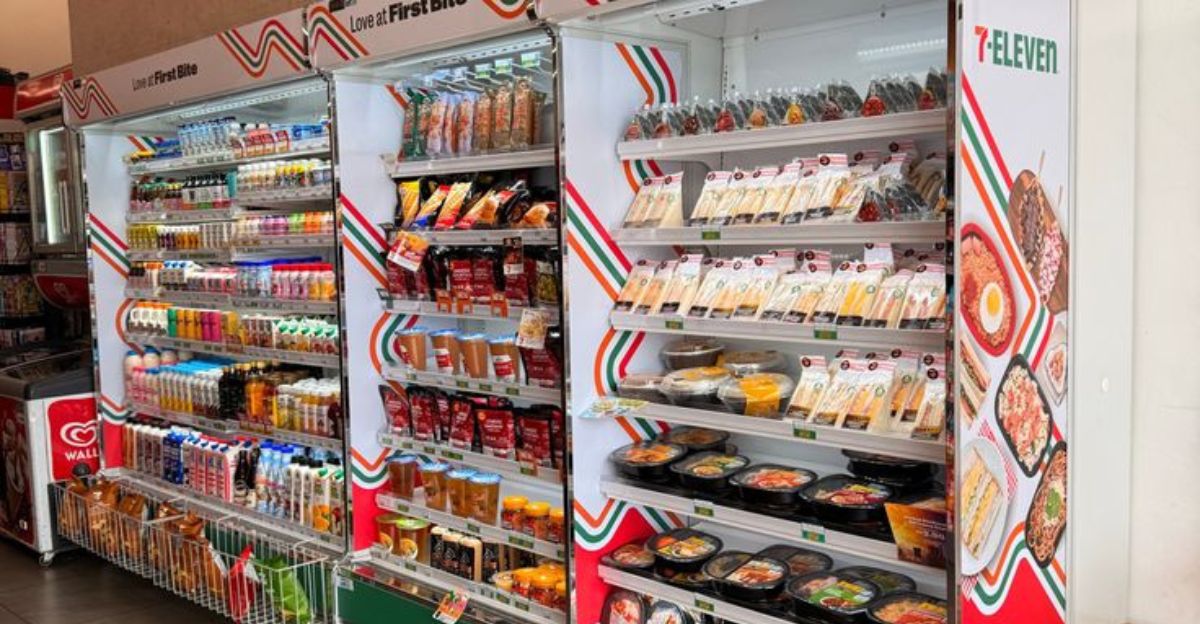
Industry experts predict that 7-Eleven will enter a two-year rebuilding phase. The company aims to finalize its planned 148 additional closures by mid-2026 and then shift focus toward growth through smart technology.
Some analysts even believe 7-Eleven could partner with tech firms to introduce micro-hubs for electric vehicle charging or community parcel drop-offs. If the company can successfully merge technology with convenience, it may emerge as a blueprint for modern retail reinvention.
Lessons for Other Retailers
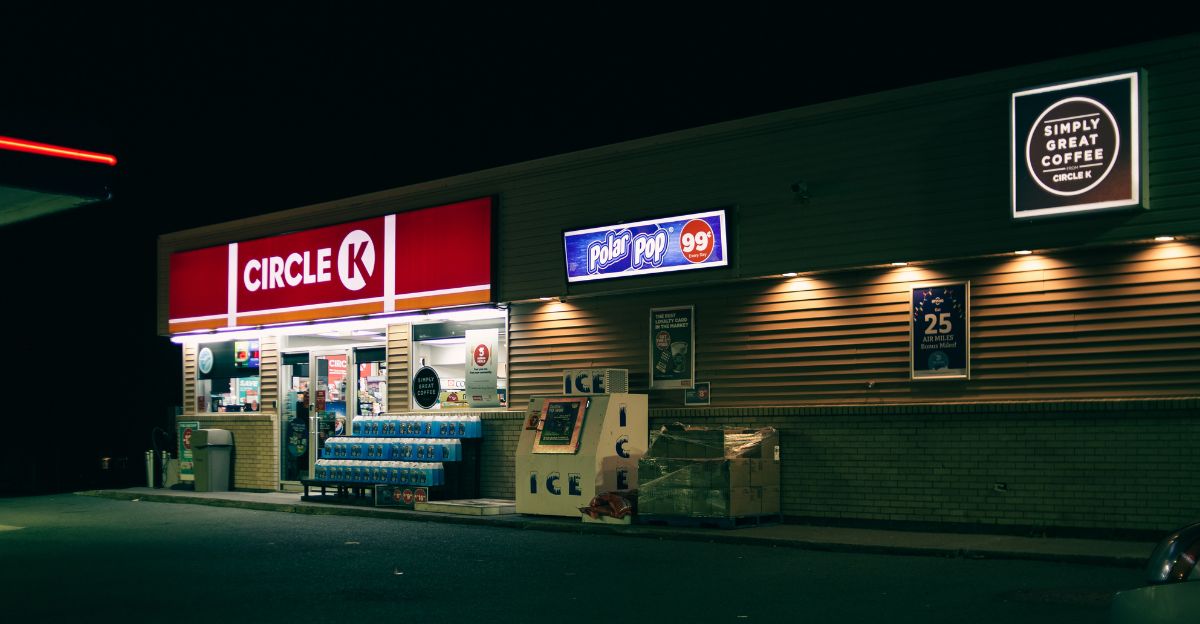
Other retail leaders are paying close attention. 7-Eleven’s downsizing is being studied as both a cautionary tale and a compass for adaptation. Brands rooted in traditional store models now realize that survival depends on digital diversification and operational agility.
For every closure, there’s an opportunity to design smarter systems, build sustainable habits, and reconnect with evolving consumer needs.
The Long Road Ahead
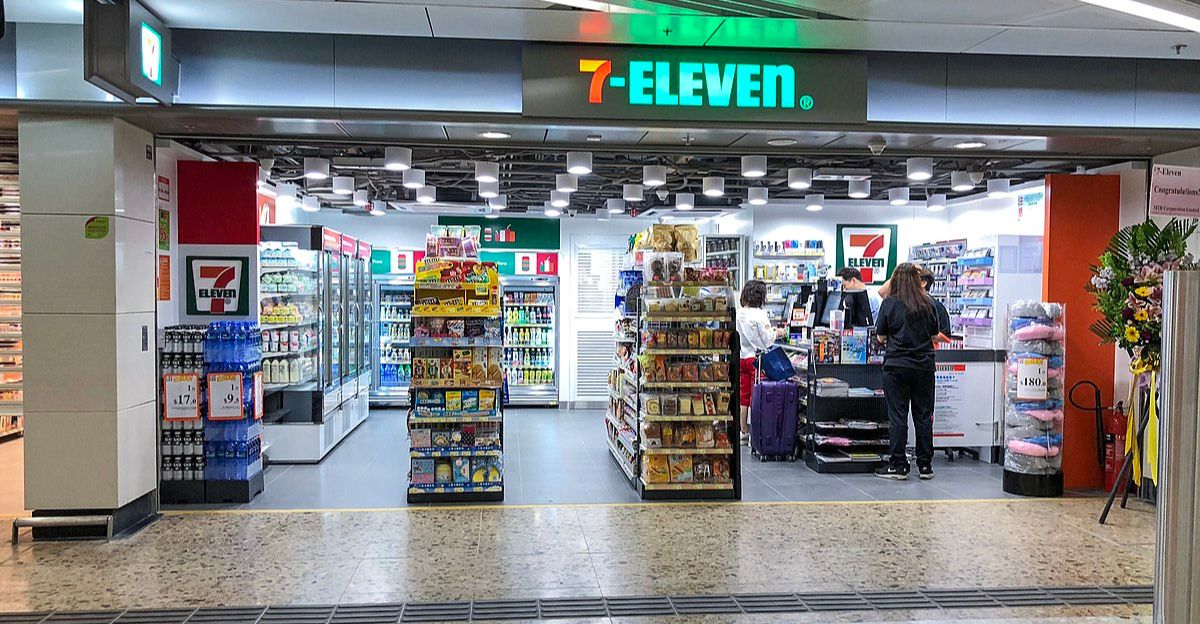
Despite the upheaval, 7-Eleven’s brand still holds enormous global power. Millions remain loyal to its products, rewards programs, and reputation for reliability. The challenge now is finding a balance between digital efficiency and the personal touch that made it iconic.
The road ahead won’t be smooth, but 7-Eleven’s resilience gives it an advantage few competitors can match. As the retail world reshapes, one thing remains certain, the brand that invented modern convenience is determined to redefine it.